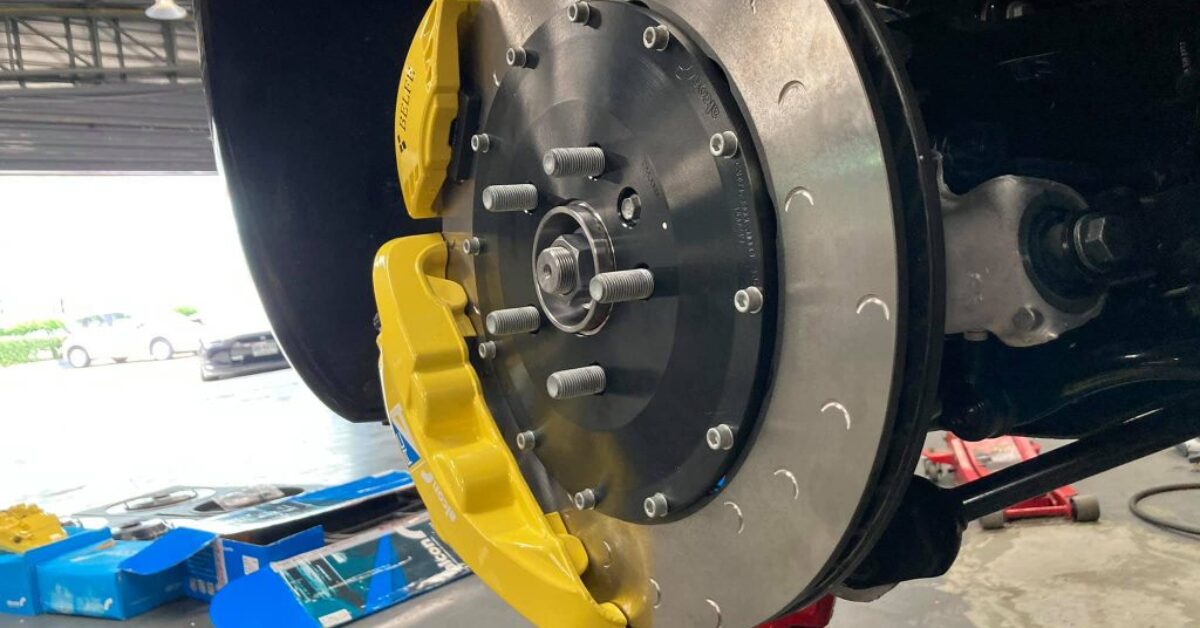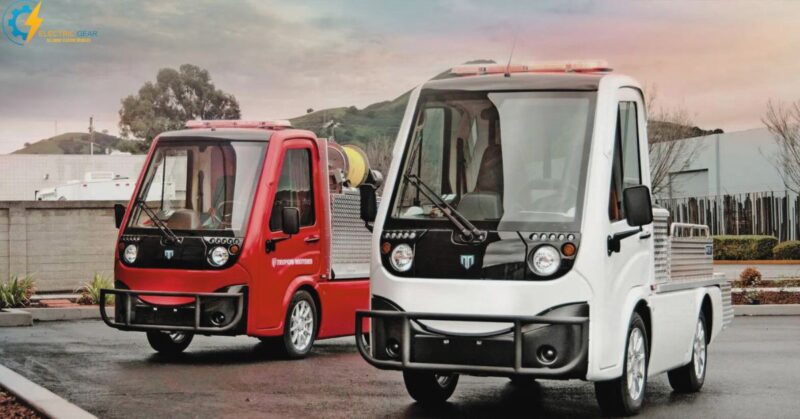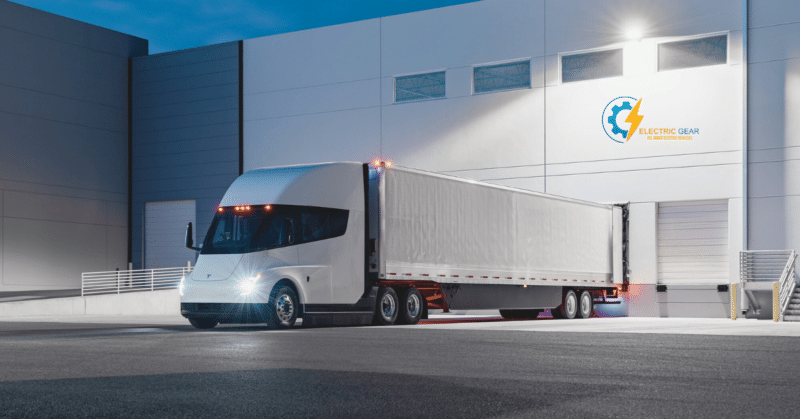Electric motors are used instead of conventional mechanical systems in the Tesla parking brake, commonly known as the e-brake or electric parking brake. The electronic parking brake may be activated using the vehicle’s touchscreen or a button on the center console.
The Tesla parking brake uses a tiny motor to pull a cable connected to the brake calipers to apply the brakes. Electric brake system offers superior control and response times.
Ultimately, the parking brake is only one of several cutting-edge features that set Tesla electric vehicles apart and make them desirable to tech-savvy motorists.
The driver presses a button to engage the holding mechanism, and the brake pads are electrically applied to the rear wheels; this is an electronic parking brake (EPB), also known as an electric parking brake or electric park brake.
The automobile may be halted by using the parking brake; when the brake is released, the car can go again.
Tesla Parking Brake
A Tesla Model S driver could think that applying the Tesla parking brake is what happens when he presses the park button. Nevertheless, this is only a parking hold initiated by the vehicle’s software.
You may always use the parking brake if you want added security when driving down a steep slope.
The Tesla Model S is neither conceptually nor practically different from other Tesla parking brakes or hand brakes that drivers of automatic automobiles are used to using.
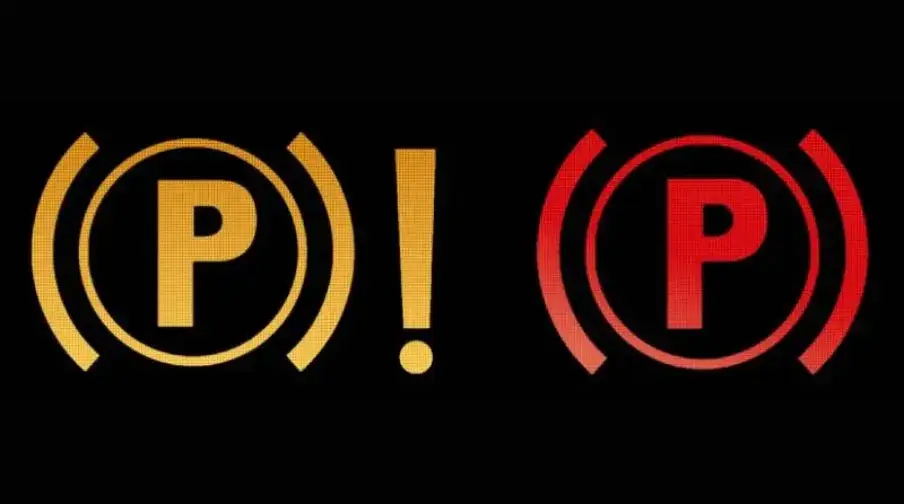
The Tesla parking brake will activate if you put the vehicle in Park and push and hold the button on the end of the driving stalk.
To release the parking brake manually (which also puts the Tesla Model 3 in Neutral), use the touchscreen: Touch Screens > Safety. Put your foot on the brake and tap the Parking Brake button.
Pressing the park button in a Tesla causes the driver to apply the parking brake. Yet, in most cases, this is only a parking hold initiated by the car’s software. In addition, the parking brake may be used manually, providing additional safety, and is recommended for usage on steep inclines.
Those used to automated vehicles are already familiar with the notion of holding the car in parking and having the choice of using the hand brake or parking brake.
Tesla Model S Parking Brake Fault
Certain Tesla electric cars in Australia may have a faulty electronic park brake. A malfunctioning gear in the electronic parking brakes of affected Model S and Model X cars has been identified, as detailed in the recall notice issued by the Australian Competition and Consumer Commission (ACCC).
A Tesla Model S parking brake error occurs when the electric parking brake system fails to engage or disengage properly, leading to possible safety hazards. In 2017, Tesla voluntarily recalled about 53,000 Model S and Model X vehicles due to a potential issue with the electronic parking brake.
The recall intended to fix a minor gear that may fail, allowing the parking brake to become trapped. Tesla owners were encouraged to avoid using the parking brake until the issue was addressed. Tesla service facilities carried out the recall at no additional cost to the owners.
The car’s passengers or other drivers on the road might be in danger if the parking brake couldn’t be released. Car owners are told to keep driving as usual until repairs are made.
The affected Tesla owners will be contacted personally through mail, email, or phone and given detailed information on how to repair their affected Tesla parking brakes.
How to Use the Parking Brake
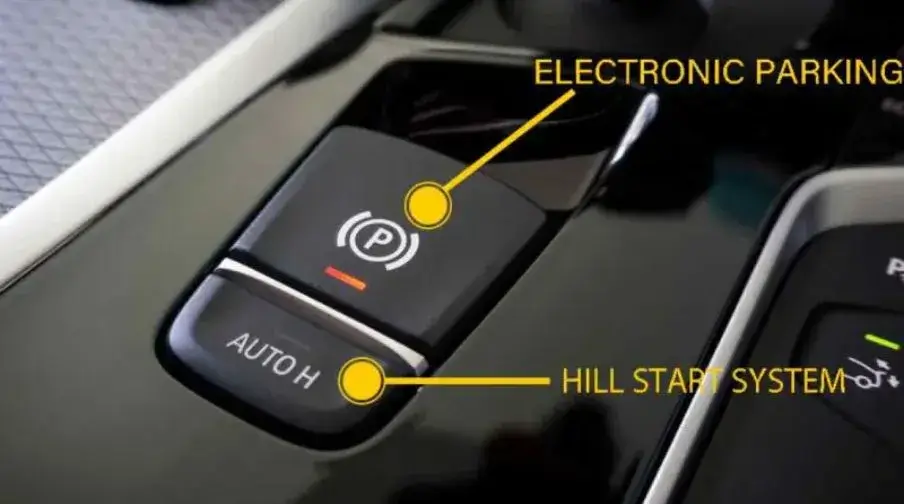
- For starters, make sure the brake pedal is fully depressed.
- To activate the Tesla parking brake, you may pull the lever, step on the pedal, or push a button (your car’s handbook will have particular instructions).
- Put your car in Park if you have an automatic or in gear if you have a manual gearbox.
- Remove your foot off the brake.
You can also activate the parking brake by putting the transmission into Park, pushing and holding the button on the end of the driving stalk.
Tesla Parking Brake Release
Touch Controls > Safety may be used to manually remove the parking brake, which also puts the Model 3 into Neutral. Put your foot on the brake and tap the Parking Brake button. Model 3 would go from Park to Neutral if it were there.
How do you Turn off a Tesla Brake?
To lower the regenerative braking level, go to Driving from the main menu and set the ”Regenerative Braking” to ”Low. The newest Teslas have regen set to a default setting. No longer can you change your settings to include “Regenerative Braking.”
Where is the Parking Brake Release Located?
The parking brake release is conveniently located just above the brake pedal. A big “P”-shaped handle operates the parking brake release. If you hear a click when you pull the parking brake handle, the brake is ready to be released.
Tesla Model X Parking Brake Release
Putting the Tesla Model X into Neutral requires manually releasing the parking brake, which may be done using the touchscreen. Touch Screens, go to safety, put your foot on the brake, and tap the Parking Brake button. If your Model X was in Park, it should now be neutral.
How to Release the Parking Brake on Tesla Model 3
Touch Controls > Safety may be used to remove the parking brake manually; it’s also responsible for putting the Tesla Model 3 into Neutral. Put your foot on the brake and tap the Parking Brake button. Model 3 would go from Park to Neutral if it were there.
Electric Parking Brake Problem
The electric parking brake is a function that has been added to automobiles as technology has advanced (EPB). These days, it’s standard on many new cars.
The Electronic Parking Brake is an upgraded, safer, and better braking system that works in unison with the vehicle’svehicle’s on-board electronic computer to provide a smoother braking experience and a quicker, easier way to deploy the emergency brakes in a variety of situations.
Check the voltage and fuse first if your electronic parking brake isn’t working.
If, in any case, you find the voltage and fuse are both OK, you may check the resistance between your EPB and module by touching their terminals together. If there are any frayed or questionable cables or switches, replace them with newer or effective ones.
By sending an electronic signal to a mechanism, the Electronic Parking Brake (EPB) system allows the driver to lock the brakes with a button. When an error occurs in the EPB, a warning light illuminates to alert operators that something is wrong.
Tesla Parking Brake did not Release
According to an email Tesla sent to customers, the firm announced a voluntary recall for around 53,000 Model X SUVs and Model S sedans.
Tesla has identified a manufacturing defect in its automatic parking brakes on select cars and SUVs. The car’s parking brake may not release, creating difficulties for Tesla drivers.
Tesla will replace components that might create problems with the parking brakes of EVs. Tesla cites a parking brake system gear that may fail, claiming that this problem has never caused a vehicle to slide out of Park or stop.
According to Tesla sources, brake-affected Tesla cars were constructed between February and October 2016, and Tesla promises total compensation for owners at the earliest.
How to Reset the Parking Brake Light
If it stays on after you release the parking brake or blinks on and off while driving, you need to replenish brake fluid. There may be a problem with the braking system if you check the fluid and add more if necessary, and the light still won’twon’t go out.

Imran is an experienced content writer who crafts engaging and informative articles for a variety of industries. With a keen eye for detail and a passion for storytelling, Imran delivers high-quality content that resonates with readers. Whether he’s writing blog posts, social media content, or website copy, Imran is committed to delivering compelling content that drives results.

